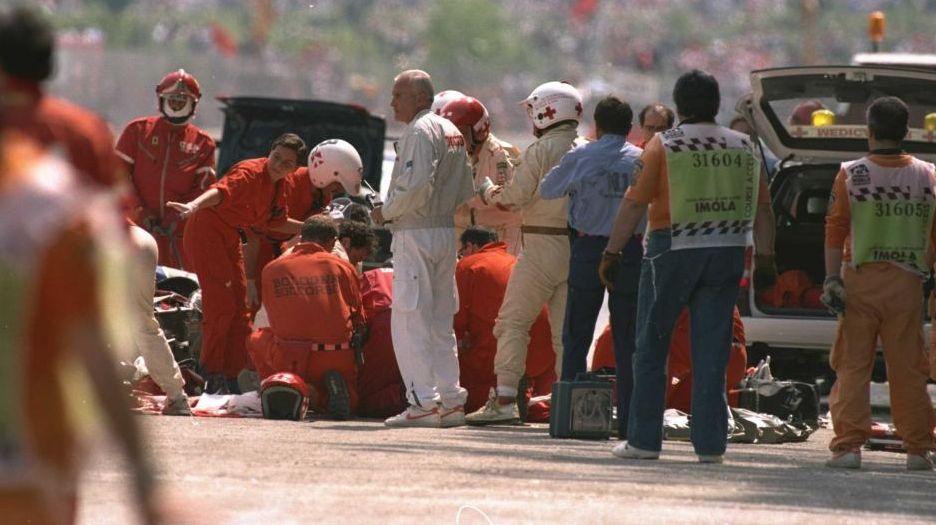Three biggest Formula 1 accidents in the history of the racing sport
Though it has been a divisive addition to Formula One cars this season, the halo's addition to the sport, which was not without controversy, is just one of a multitude of changes introduced to F1 over the past decades to make the sport safer. Some of those changes have come as a result of tragic accidents on the track. We take a look at the biggest such accidents.
3. Jules Bianchi, Suzuka 2014
On lap 42 of a rain-drenched Japanese Grand Prix in 2014, German driver Adrian Sutil lost control and crashed his Sauber, prompting a recovery vehicle to be called out. One lap later, Jules Bianchi lost control on the same corner and crashed at 78 miles per hour into the 6500kg crane clearing Sutil's car. Following a lengthy investigation, the FIA deemed that there were several factors, rather than just one, which contributed to the Frenchman's death. These included the "semi-dry racing line" on the turn where both drivers lost control, Bianchi's helmet hitting the underside of the crane and his failure to slow sufficiently.

2. Niki Lauda, Nürburgring 1976
Bad weather and track coverage meant that parts of the Nürburgring circuit during the German Grand Prix were wet, while other parts remained dry. Niki Lauda lost control of his Ferrari on the notoriously dangerous 'Bergwerk' corner and smashed into a bank of earth, causing the car to burst into flames and bounce back onto the track where it was then hit by Brett Lunger. The American rushed over to Lauda, who was trapped in his car, and along with the help of fellow drivers Harald Ertl, Arturo Merzario and Guy Edwards, managed to free him after a minute. Initially able to walk away from the wreckage, the Austrian fell into a coma on the way to hospital having inhaled gases that damaged his lungs. Lauda suffered severe and permanent burns to his head, losing most of his right ear and his eyelids but remarkably missed just two races and returned at Monza six weeks later, finishing fourth.

1. Ayrton Senna and Roland Ratzenberger, San Marino 1994
Arguably the most high-profile crash in F1 history, Ayrton Senna's death at the 1994 San Marino Grand Prix; just a day after Roland Ratzenberger was killed during qualifying; brought about some of the most sweeping changes seen in the sport. A three-time world champion at the time of his death, Senna is still widely considered one of the greatest F1 drivers in history. There were reports that the Brazilian was left so shaken by Ratzenberger's death that he was contemplating whether he would even race in the following day's grand prix. He ultimately decided to compete and on the day of the race, Senna lost control of his car and hit a concrete wall at an estimated 190 miles per hour. The force of the impact sent part of the suspension back into the cockpit, fatally injuring Senna.



.png)


Leave a Reply